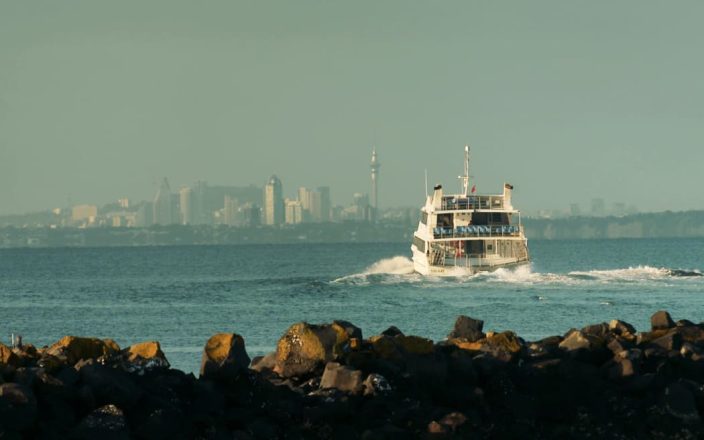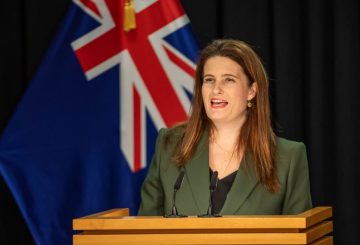걸프 하버 페리 서비스는 수년간의 취소와 항해 감소 끝에 월요일부터 시작되는 전체 일정으로 돌아왔습니다.과거에는 승무원 부족으로 많은 통근자들이 오클랜드 중심부에서 황가파라오아 반도까지 50km를 이동하기 위해 긴 대체 버스나 택시를 이용해야 했습니다.작년에 오클랜드 교통국은 운행 중단을 제안하기도 했는데, 이로 인해 지역 사회는 화가 났고 이를 계속 유지해 달라는 청원이 제기되기도 했다.
월요일 아침, 오클랜드는 날씨가 좋았고, 현지 통근자인 Geet Vashisth는 페리를 타고 시내까지 45분밖에 걸리지 않는다며 안도감을 표했다.또 다른 통근자인 캐시 (Kathy) 도 교통량이 많은 시간대의 장거리 운전이 어렵다는 점을 지적하며 이 서비스에 대한 지지를 표명했다.하지만 그녀는 하루 24회 운행이라는 새로운 일정이 너무 야심찬 게 아닐까 걱정했다.
새 일정에는 오전 6시 30분, 7시 30분, 8시 30분에 걸프 하버에서 출발하는 항공편이 포함됩니다.이전에는 하루에 2~3회의 항해만 가능했습니다.홉카드 이용 시 편도 티켓은 성인의 경우 11.80달러, 어린이의 경우 6.30달러입니다.일부 통근자들은 새로운 시간표에 혼란스러워했고, 7시 45분 출항을 놓치고 더 이상 이용할 수 없다는 사실을 너무 늦게 깨달았습니다.
현지인들은 페리 서비스가 돌아오는 것을 보고 기뻐했지만, 첫날에는 이용객이 많지 않아 피크 시간대에는 15~20명의 승객만 탑승할 수 있었습니다.올버니 구 의원인 존 왓슨 (John Watson) 은 예전에는 한 달에 승선 건수가 18,000건에 달했던 승객 수를 회복하려면 시간이 걸릴 것이라고 지적했습니다.
오클랜드 교통부의 대중교통 관리자인 던컨 맥그로리 (Duncan McGrory) 는 계약업체인 Fullers360과 긴밀히 협력하여 충분한 직원을 확보했다고 밝혔습니다.그는 화요일부터 더 많은 승객이 페리를 이용할 것으로 예상했는데, 보통 주 초에는 대중 교통이 느리기 때문이다.





























































